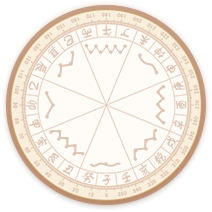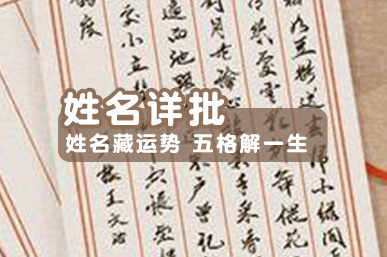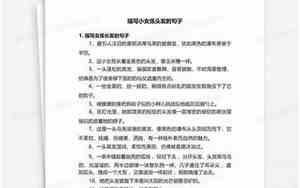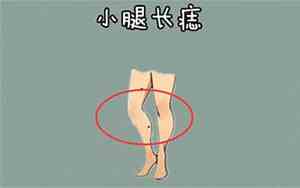

演绎法和归纳法是两种重要的逻辑推理方法,主要用于从已知事实或一般原则中推导出新的结论。
演绎法是一种从一般原理出发,通过逻辑推理推导出具体结论的思维方式。例如,在数学中,如果一个定理已被证明,那么从这个定理可以演绎出其所有子定理。演绎法强调的是从普遍性到特殊性的推导过程,它的前提是前提正确,则结论必然为真,不存在例外。
归纳法则是从特殊事实或多个例子中寻找规律,形成一般结论。它基于观察和经验,通过观察许多个案来推测普遍趋势或原理,但并非每一次都能得出完全准确的结论。归纳法的逻辑过程是从特殊到一般,可能存在例外,需要额外证据来支持其有效性。
英文表达:
Deductive reasoning is a method that proceeds from general principles (premises) to specific conclusions, where if the premises are true, the conclusion must be true as well.
Inductive reasoning, on the other hand, involves forming general conclusions (hypotheses) based on specific observations or instances, typically seeking patterns or trends. It is based on evidence, but there is always a risk of the conclusion being incorrect because there could be exceptions.
演绎法是必然的,归纳法则可能存在不确定性。
演绎法和归纳法的区别举例英语
Deductive Example (演绎法):
Let's say we have a principle that all mammals breathe oxygen. If we then apply this general rule to a specific case, like a dog, we can deduce that a dog (a mammal) also breathes oxygen. Here, the conclusion (the dog breathes oxygen) directly follows from the premise (all mammals breathe oxygen).
Inductive Example (归纳法):
Consider a teacher who noticed that after observing the performance of several hundred students, they found that students who studied consistently performed better than those who didn't. This teacher's observation is an inductive conclusion, as they have made a generalization based on a sample, suggesting that this pattern may apply to all students. However, there could be outliers or exceptional cases where a non-studying student performs exceptionally well.
In English, the differences can be exemplified as follows:
Deductive: "From the general rule that all birds have feathers, we can logically conclude that a specific bird, a robin, also has feathers."
Inductive: "Based on the observation that many successful athletes follow a strict training routine, we might infer that following a routine may lead to success, but there could always be exceptions where a less disciplined athlete excels."
演绎法和归纳法的区别英语教学
Teaching the difference between Deductive and Inductive Reasoning in English:
Deductive Approach (演绎法教学):
Explain the concept of deductive reasoning by engaging students in a mathematical problem. For example, "Let's say the rule is that 2 + 2 equals 4. If a student applies this rule (premise) to the problem 4 + 4, we can deduce that the answer must be 8 because it adheres to the principle of addition. Here, we're teaching them how to derive a specific conclusion based on a universal law."
"Remember, deductive thinking is like a puzzle piece fitting perfectly. It's a step-by-step process where a proven truth guarantees a correct answer. It's about moving from known truths to predictable outcomes."
Inductive Approach (归纳法教学):
Use a science experiment to demonstrate inductive reasoning. "Imagine we observe that all the leaves on a tree turn brown when it's autumn. From this observation, we might hypothesize that leaves in general turn brown when seasons change. This is inductive reasoning because we've found a pattern but may need more evidence to generalize it universally."
"Inductive thinking, on the other hand, is like educated guesses based on patterns. It's like forming a hypothesis based on limited evidence, and sometimes, the hypothesis may need to be refined or disproven with more data."
In teaching these concepts, emphasize that while deductive reasoning is about certainty based on logic, inductive reasoning offers possibility and learning from examples, but with the understanding that there may be exceptions. Encourage critical thinking and application of these skills in problem-solving and decision-.


















